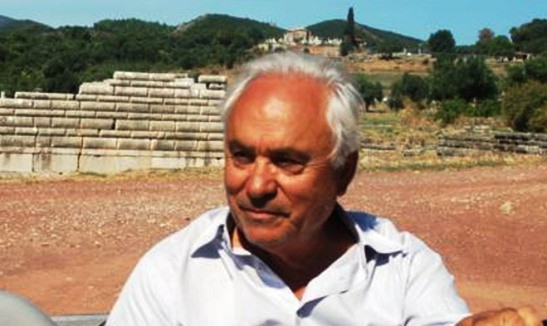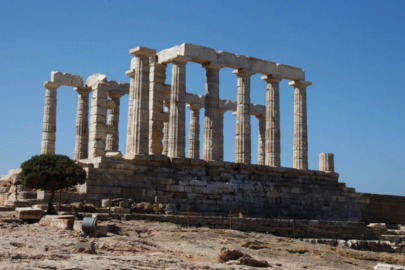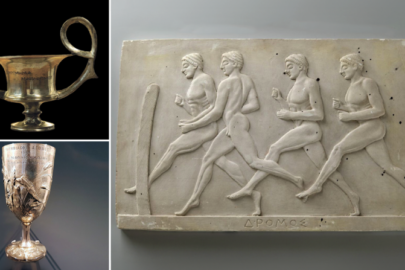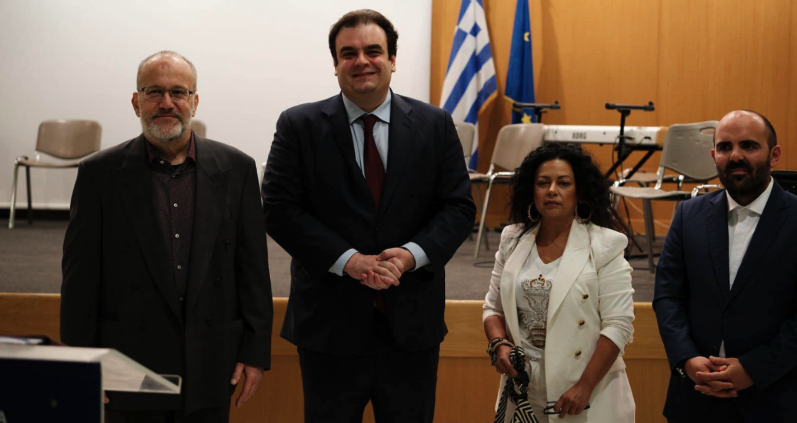The entire world is stumped about the identity inside the burial mound at ancient Amphipolis with speculation soaring. “Such a tomb can’t bear more than one grave,” said revered Greek Classical Archaeologist Professor Petros Themelis* of the University of Crete, known for his excavations in ancient Messinia.
The archaeologist had visited the site twice as a member of the non-profit Diazoma group for antiquities, where he was guided by the site’s lead archaeologist Katerina Peristeri. “I believe that it is for a very important person, one of the generals of Alexander the Great who came from the east laden with gold and power,” he said.
The huge size of the mound, ten times larger than the mound, causes the professor to ponder as to whether the inner area of the tomb carries other tombs beyond the one found at its periphery. “The tomb is colossal and can’t be just for one burial,” he says.
This isn’t the first time that such a view has been expressed. Archaeological research has found three chambers in the tomb. This fact and the sheer size and magnificence of the outer area of the tomb, along with the Sphinx guardians and the mosaic wall, has already led them to wonder if the mound may actually be a burial complex. The fact that the tomb’s entrance is at the south-east of the burial mound rather than the center is further cause for speculation.
The view that the tomb is that of Alexander the Great’s wife, Roxanne, who was executed with her son, Alexander IV, by Macedonian general Cassander who fought for control of the empire. The fact that the Lion of Amphipolis was likely located at the top of the burial mound renders this unlikely as the lion customarily honored the male form, leading pundits to ascertain that there a male figure is most likely buried at the tomb.
Work progressing slowly and carefully
At this moment, excavation at the site is moving slowly and carefully with the removal of brittle limestone rocks from the protective walls. Once the limestone coating is removed, archaeologists will have a clearer view of the grave in all its magnificence. “Hopefully there will be a wall-painting inside,” he says, adding that the inclusion of one would be a clue as to the identity of the person there, his life and achievements.
* Petros Themelis is Emeritus Professor of Archaeology and head of the excavations in ancient Messene. In 1986 the Archaeological Society assigned him the excavation and restoration project of the extant monuments of the ancient Messene, which continues until today. He is a lifelong member of the Archaeological Society, Associate Member of the Institute of Archaeology of the United States, the German Archaeological Institute, the Austrian Archaeological Institute, Vice President of the Acropolis Monuments Preservation Committee. In 2005 he was awarded the gold Commander of the Order of Phoenix by the President of the Hellenic Republic for his teaching, scientific and excavation work.



































